My niece Karla called me today and then sent me something she found in her Slovenian cookbook that her elderly neighbor Millie gave her. It is the tradition of Easter celebrations as those of us who were raised in the Slovenian families know it.She said it brought a tear to her eye and it did mine too!
I love Easter because I was raised to believe it celebrates the resurrection of Our Lord and Savior Jesus Christ.Oh sure, I loved those trio chocolates treats my daddy gave me, the bunny, the chick and the lamb. know But I attended Catholic school and Christ was first and foremost in our classrooms, in our school work and He became a part of my heart at a very young age. When you are a shy girl afraid of her own shadow and you realize that all that praying to the saints got you no where you turn to the One you know can help you!
So here is a special part of my Easter heritage. When I am done giving you this little story I will share a few specials pictures with you! Thanks for listening.
The Easter cycle represents the frame of the Christian life-winning holy forgiveness of the sins which mankind has committed.
The celebration of Easter fits well in the time of the year in which we celebrate it: symbolically, the sun shines through the darkness of winter. In moving towards the cycle we have Palm Sunday, the first day of Holy Week, whose leading feature is the "Butara", or Olive Branch , which symbolizes the awakening of the earth. Butara was made by traditional step-by-step rules from a specific number of twig and branches and then was ready to take to church. After the blessing the young men and boys ran home with the Butar competing to see who would get home first. The mother would snip off a few pieces from the Butara and save them for occasional thunderstorms when they are thrown into the fire in the belief in the belief that lightening would not strike during the storm. The poet Gregorcic reflects the memory of this custom in his "OdeTo The Olive Branch".
The first three days of Holy Week are devoted to family purposes with the men doing the work in the fields, vineyards, forests and the farm house. and the youngsters begin preparing for holiday celebrations. Women prepare the domestic work. On Wednesday the a symbol of the Holy Sepulchre is placed in the church and afternoon and evening prayer services are held before it. The youngsters "Boga strasijo", or frighten God by beating old pots and pans together. Today, the custom has been replaced by a wooden instrument called the "Raglja" which makes a clicking noise.
On Holy Thuirsday the church bells are tied together and are not untied until Easter Saturday to ring again. Tradition says that the bells go to Rome who;e they are not ringing. Christ established the Holy Eucharist on Holy Thursday, so the farmer sows wheat on that day. This is also the day that Easter seriousness begins. Passion processions were popular in Ljubljana and Skofja Loka and these led to "passion plays" which were performed on Good Friday.
Good Friday is the day of the greatest sadness and strictest fsting. The body of Christ is honored at the Sepulcher and people come to kiss the crucifix. Work stops and no strangers are allowed to enter the house. Holy Saturday is the first redemptive day after the long Lenten period. During the early morning hours , fire is blessed in church and youngsters deliver is throughout the neighborhood.
Christ's Mass of Resurrection is celebrated and the bells ring once again. Holy Water is available for people to take home with them. Eggs are colored on this day and later in the afternoon there is a blessing of Easter food which is called "Zegen". The foods, placed in the basket, have Slovenian symbolic meaning. The Easter basket represents the sepulcher of Jesus. The cloth covering the food symbolizes the Holy Shroud,and a loaf of bread , the body of Jesus. Potica represents the crown of thorns which was placed on Jesus' head and the klobasa symbolizes the ropes which tied Jesus in the Mount of Olives. Five red colored eggs represent the five wounds of Christ. An range represents the vinegar soaked sponge offered to Jesus and horseradish symbolizes the nails used to fasten Christ to the cross. In the late afternoon there are processions to honor the risen Christ and they attract people who love to come to observe the colorful costumes.
Easter Sunday is the true day of the risen Lord and the food which was blessed on Holy Saturday is eaten in the morning of this day. Easter Sunday with its gay festivities, highlights the symbolism of the resurrection of the Lord. Family members play various Easter games, such as the Easter Egg Roll, and they pay visits to friends and neighbors. City people take short trips to the country and young village people come together to exchange small gifts such as apples,specially decorated heart shaped gingerbread cookies, colored Easter Eggs or scarves. The Easter period had great influence in the creation of of art pieces of high quality.Easter motifs initiated the treasury of the "Pirhi", or Easter Eggs which were called "Pisanice" in Bela Krajina.
This is a traditional Slovenian Easter morning breakfast. Clockwise strukla, potica, klobase, krofee.
Today many of these traditions still prevail and are a part of the Slovenian scenario during the Easter Season.
Adapted and Translated by Bernadette Kovacic
Saturday, April 3, 2010
Subscribe to:
Post Comments (Atom)
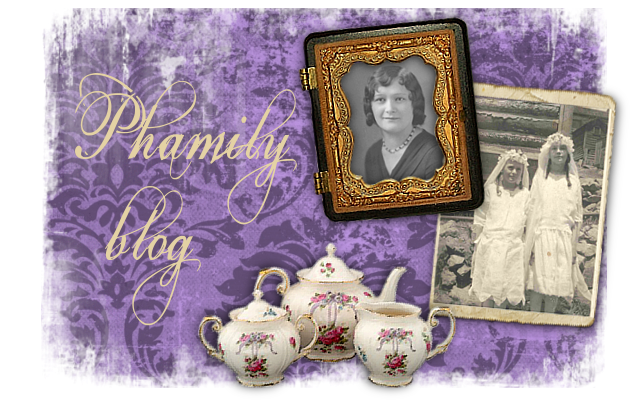














































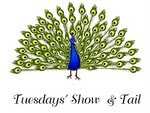


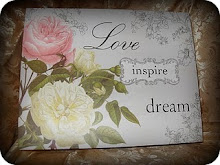
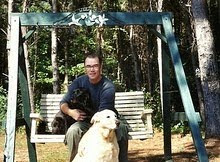


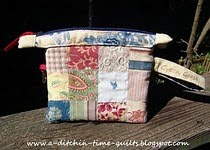

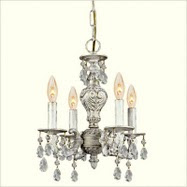




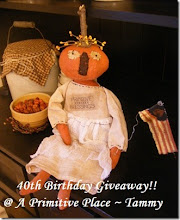

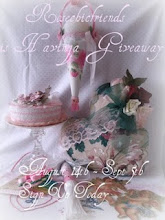



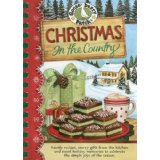

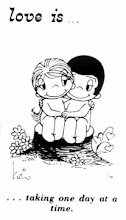


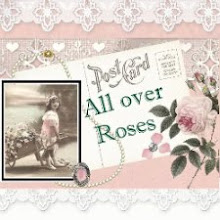
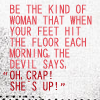

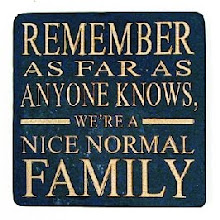
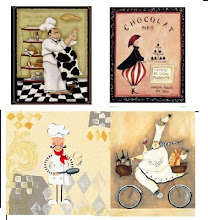







10 comments:
What an interesting story. I'm glad your family continues these traditions. Thanks for sharing.
Anne,thank you for stopping by my blog.I enjoyed my visit with you.I have stopped adding blog to my reader list.I am adding you to my blog Roll Of Honor,this way I can stop by from time to time.
Anne,
Thank you for sharing this history and tradition. I always find such things so interesting. One of my grandparents was polish so we always have kielbasa, stuffed cabbage (piggies) potato pancakes and perogies.
Wishing you and your family a blessed Easter and all the wonders of spring!
Your Friend,
Deborah
I love learning about different cultures. Thank you for sharing this with us.
Wow! How neat.... thanks for sharing!
Very interesting. sounds like a show for the history channel. I always enjoy hearing about traditions and ways of life.
Blessings!
Gwen
I so loved this post with all of the history. My father's family came from Yugoslavia, but I have never heard of these traditions. Although we do eat Keilbasa and pierogies every year and sometimes during the year.
Have a wonderful week!
Leall
Thank you for great story and history of Easter. That looks like a really good meal to me. I would enjoy it. I appreciate your visit and comment today.
Loved your story, so powerful..thanks for sharing the pictures..wow I can just see your mom right now and hear her voice. She was always soo soo kind to me..I can imagine myself sitting on a chair at the kitchen table sipping coffee and listening to a story or two..
I could go for some potica right now!
xo
Just getting caught up on some of my rounds to the blogs I follow. I am of Polish heritage.We have a basket blessed which contains eggs, kielbasi, paska bread, nut and poppy rolls, butter in the shape of a Paschal lamb, horseradish and ham. These blessed food becomes the Easter Breakfast. Because of the fact that both my parents are gone and I usually am working Easter, I have not been able to do this for several years but Thanks for helping me to remember my heritage!!
Debbie
Post a Comment